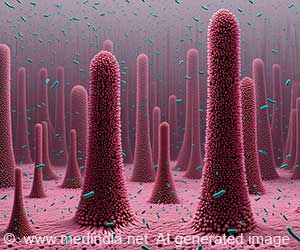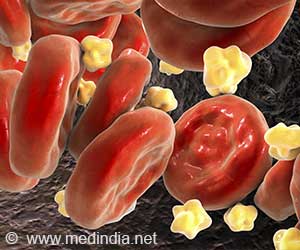A novel compound obtained from small marine snail species could be an alternative to opioids, which is the highly addictive class of painkillers.
- A natural compound found in small marine snail could be a potent pain reliever
- The compound called Rg1A functions as a pain pathway receptor and helps relieve pain
- Rg1A could be an alternative to opioids, the highly addictive class of painkillers
Opioid Abuse
Opioids are drugs that are commonly prescribed to relieve pain. Long-term use of opioid can lead to addiction. Opioid abuse is a serious public health issue, which has reached epidemic proportions. According to the Centers for Disease Control and Prevention (CDC), 91 Americans die every day from an opioid overdose. Scientists are looking for alternative therapies that do not rely on the opioid pathways to relieve pain.TOP INSIGHT
Opioid addiction can be reduced with a compound obtained from snail venom called Rg1A. The compound was found to relieve pain effectively than other common painkillers.
Marine Cone Snail to Relieve Pain
In the current study, the scientists used a small marine snail for the research. The marine cone snail called as Conus regius, commonly found in the Caribbean Sea, packs a venomous punch, which is capable of paralyzing and killing its prey.A compound called Rg1A was isolated from the snail’s venom. Rg1A acts on a pain pathway distinct from the targeted Opiod Drugs. In the mouse model, the scientists showed that alpha9 and alpha10 nicotinic acetylcholine receptors (nAChR) functions as a pain pathway receptor. RgIA4 is an effective compound to block nAChR receptor.
The pathway adds to a small number of non-opioid-based pathways, which could be used to develop a treatment for chronic pain. The scientists found that the duration of the pain relief was long, outlasting the presence of the compound in the mouse model.
How Does the Compound Help Relieve Pain
The compound was found to have its effect in the body within 4 hours. But, it offers beneficial effect even longer, said the scientists. The snail compound has a restorative effect on the nervous system."We found that the compound was still working 72 hours after the injection, still preventing pain," said J. Michael McIntosh, M.D., professor of psychiatry at the University of Utah Health Sciences.
"What is particularly exciting about these results is the aspect of prevention," said McIntosh. "Once chronic pain has developed, it is difficult to treat. This compound offers a potential new pathway to prevent pain from developing in the first place and offer a new therapy to patients who have run out of options."
Testing the RgIA Compound
Previous studies have shown that RgIA was effective in the mouse model. The research team wanted to test whether the compound has a positive effect in people. So the team used synthetic chemistry to engineer 20 analogs of the compound.The scientists started with a key RgIA that fits into a lock, which is the pain pathway receptor -nAChR. RgIA was used as a template to develop new keys called analogs with slightly different configurations.
The research team administered the compound to rodents to test its effect. Initially, the rodents were exposed to a Chemotherapy drug, which causes extreme cold sensitivity and hypersensitivity to touch.
"Interactions that are not normally painful, like sheets rubbing against the body or pants against the leg, becomes painful," said McIntosh.
Rodents that were treated with the compound did not experience pain compared to rodents that were not treated with the compound. The findings suggest that nAChR acts as a pain receptor pathway and RgIA4 prevents the receptor from being activated.
Most of the Painkillers that are available today work through a limited number of pathways and are not sufficient to treat pain.
"RgIA4 works by an entirely new pathway, which opens the door for new opportunities to treat pain," said McIntosh. "We feel that drugs that work by this pathway may reduce the burden of opioid use."
The findings are published in the Proceedings of the National Academy of Sciences.
Reference:
- Compound from Marine Snail Is Potent Pain Reliever - (https://unews.utah.edu/an-alternative-to-opioids-compound-from-marine-snail-is-potent-pain-reliever/)
Source-Medindia
 MEDINDIA
MEDINDIA





 Email
Email








